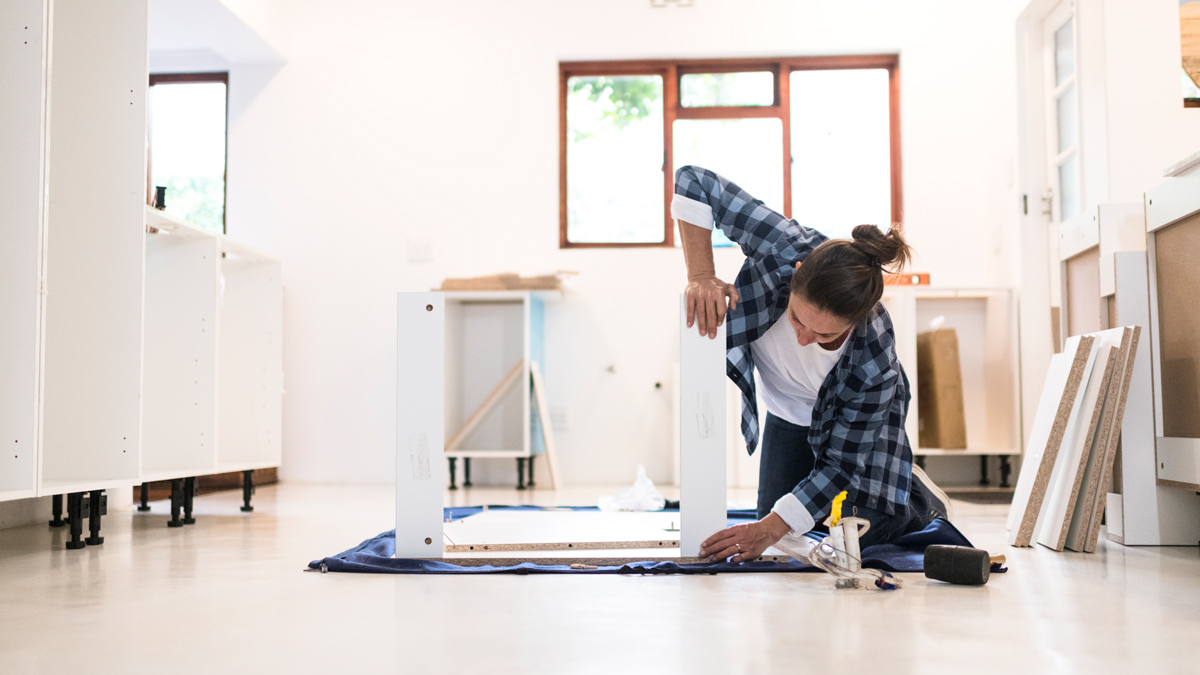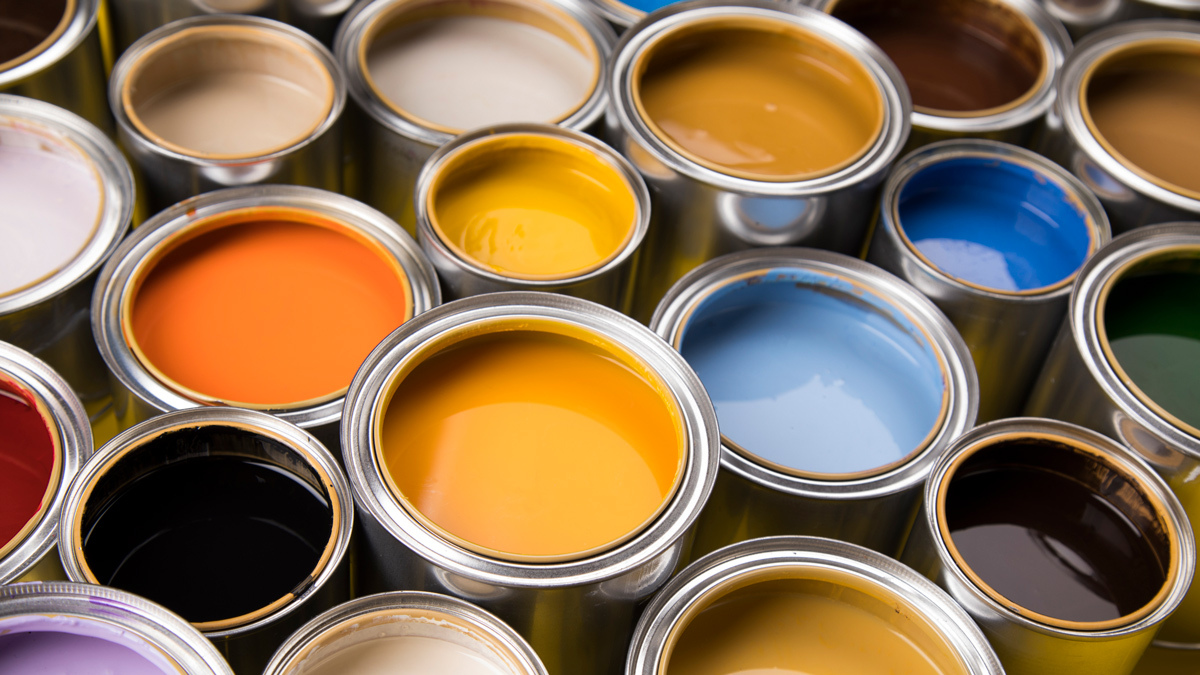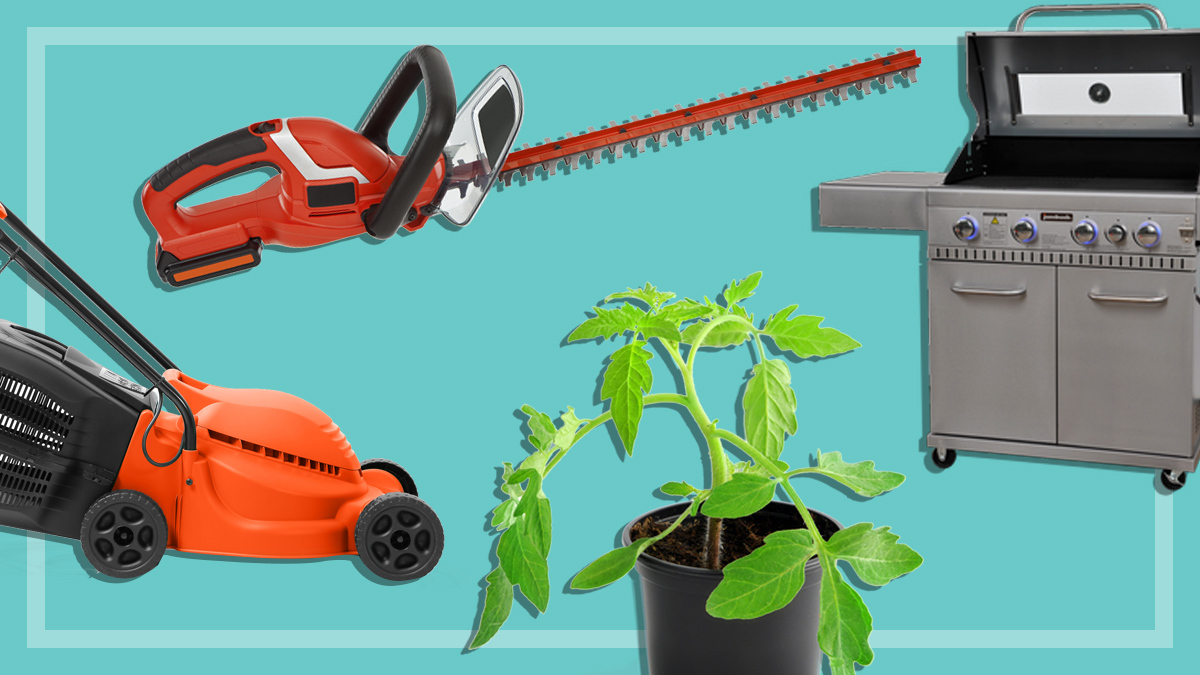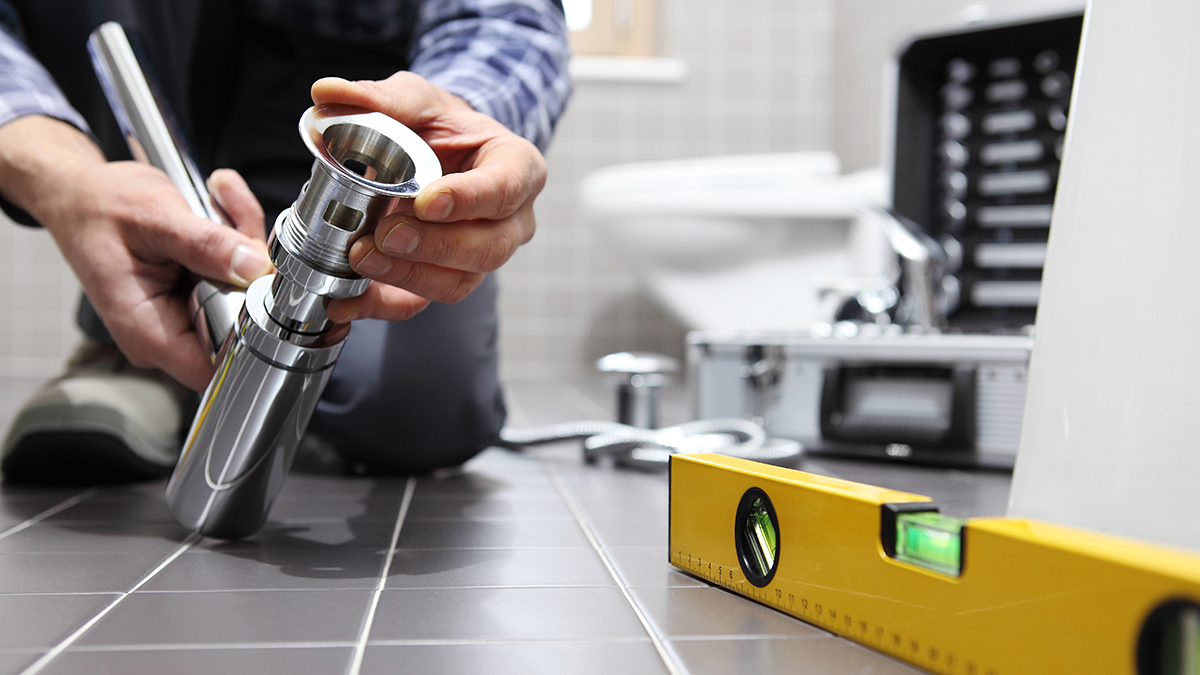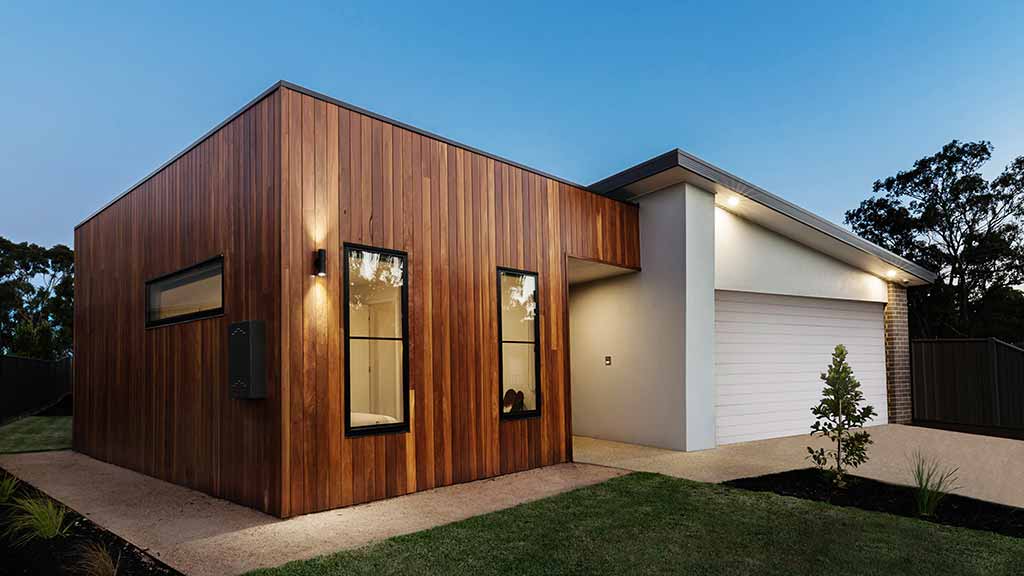Get our independent lab tests, expert reviews and honest advice.
Sustainable flooring
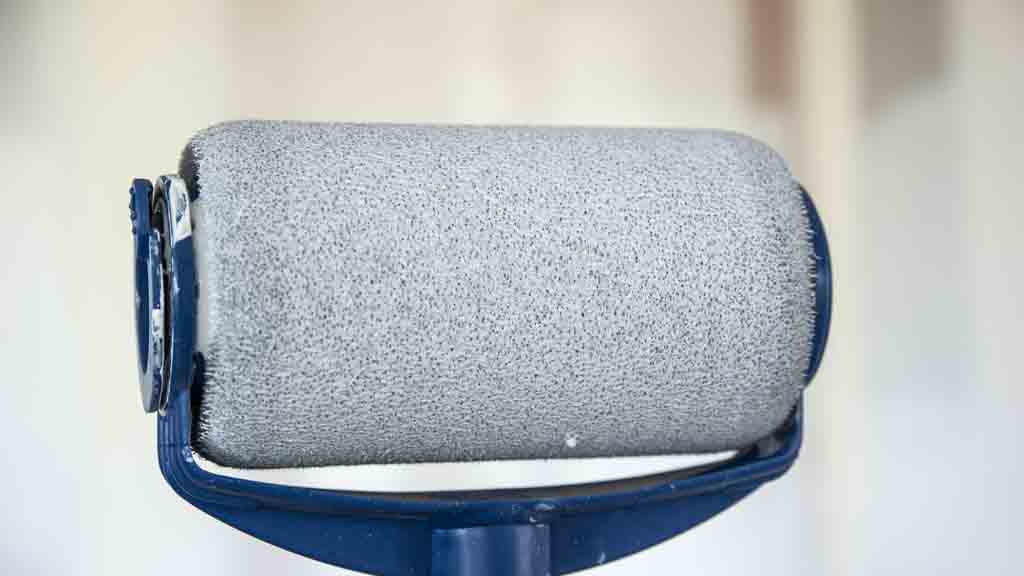
There are plenty of good environmentally friendly flooring materials. In fact, most flooring options have some “green” credentials, but you’ll need to weigh up how sustainable they are against the other options. And it’s not just the energy used in producing the flooring (which is called “embodied energy”); you should also consider the energy used to maintain and clean the flooring as well.
On this page:
- What environmental impacts should I think about around flooring?
- What are the pros and cons of different sustainable floor types?
Is timber flooring sustainable?
Wood is a natural and renewable source of flooring – but is it sustainable? Only a few years ago, about 10% of our total yearly timber imports ($840 million worth) was estimated to be illegally logged timber products – mostly outdoor furniture, timber boards and decking, and pulp and paper. This timber may have come from clear-felled rainforests in countries like Indonesia, Malaysia or Papua New Guinea.
Timber importers and processors now have to ensure their imported timber is legally produced. Several industry players already focus on sustainable timber use; for example, Bunnings sells outdoor furniture that is produced from timber sourced from sustainable forests and IKEA aims to use only timber from legal, sustainable sources.
Greenpeace has published the Good Wood Guide to help Australians find legally and sustainably sourced timber products.
Buy recycled timber
Your best option is recycled (reclaimed) boards. Some new plantation hardwood timbers take up to 100 years to grow, so recycled boards are a more sustainable choice. It’s also an opportunity to use rare hardwoods that are difficult to buy now; however, they are in short supply and may cost more than plantation-grown timber. Recycled timber can be sourced from companies that specialise in reclaimed floorboards. Also, look for boards being sold from demolished buildings.
Look for FSC-certified
The next best option is certified sustainable timber. Major environmental groups recommend the global eco-label FSC, which has representatives from the ACF, The Wilderness Society, Friends of the Earth and Fauna & Flora International. FSC is an internationally recognised accreditation program created in the early 1990s to prevent logging of high conservation-value forests around the world. Search the FSC website for certified products. Whether from a plantation or a native forest, FSC-certified means the timber is from a sustainably managed forest.
You can find a range of timber from Australia and overseas with the FSC logo from stores such as Bunnings. Gunns Ltd, Australia’s largest forest products company, seeks FSC certification for the bulk of its managed native forest and plantation estate, and has increased its plantations significantly to reduce reliance on native forests.
Australian Forestry Standard (AFS)-certified
Like the FSC, timber from Australian Forestry Standard (AFS)-certified forests adheres to sustainable principles. The AFS is recognised by the Programme for the Endorsement of Forest Certification Scheme (PEFC), a global eco-label based in Europe, as well as being an Australian-registered standard. While the AFS has federal and state government endorsement, the Australian Conservation Foundation has reservations about the AFS scheme. Lindsay Hesketh, ACF’s Forests Campaigner and FSC board member, has said that the AFS has no on-ground certification: “It’s just desktop certification that systems are in place to do certain things. No one actually goes to check that what is said to be happening is actually happening.” Hesketh believes the global PEFC label also lacks on-ground auditing and stakeholder engagement, in contrast with the FSC system, where on-site forest audits happen every 12 months.
Ecospecifier’s “Green tag”
Ecospecifier, an online database of eco products, has launched “Green Tag”, an eco-label for green building materials and products. The label can appear on all types of sustainable building products found in hardware stores or building supply centres, and rates them according to their total life cycle. The rating includes health and toxicity issues of products, embodied carbon, biodiversity impacts, efficiency of building and installation, and corporate social responsibility.
Good Environmental Choice Australia
The Good Environmental Choice is an Australian environmental labelling program that indicates the environmental performance of a product from a whole-of-product-life perspective. The label is awarded to products that meet voluntary environmental performance standards that have been created and assessed in conformance to international environmental labelling standards. Search their website to find certified products.
Beware false claims
Look out for products with multiple wood layers or components, only some of which are certified with the FSC or another eco-label. Engineered timber floorboards, for example, can have a timber veneer and plywood underneath, but not all components are from certified sources. Read the certification details carefully and ask the supplier to confirm the total product is fully certified. Watch out for false eco-labels or other green claims. Some retailers develop their own eco-labels – for example “certified plantation rainforest timber” – which have absolutely no substance or proof of any environmental benefits.
Your best approach is to ask the supplier to show proof of certification, and to purchase products clearly marked with the appropriate eco-label logos. If you’re employing a builder to buy on your behalf, make sure they consult the lists of certified timber suppliers on the websites of FSC, AFS, Greenpeace and Ecospecifier.
Which wooden timbers are OK?
Sustainable timber types include:
- rubberwood from old rubber trees
- Forest Stewardship Council (FSC)-certified or Ecotimber
- New Guinea teak
- FSC-plantation eucalypt and bamboo, and FSC or Ecotimber taun (a type of large hardwood).
Timbers to avoid include:
- Burmese teak
- African mahogany
- merbau
- ramin
- meranti.
What is bamboo flooring?
Experts believe harvesting fast-growing bamboo has fewer environmental and greenhouse impacts than harvesting timber. However, although it makes a tough, durable flooring material, bamboo is often manufactured using glue that can emit VOCs. Most bamboo floorboards available in Australia use low-emission glues (rated E0 or E1 under the Australian Standard for formaldehyde emissions), but do your research to be sure.
What environmental impacts should I think about around flooring?
Embodied energy used to make the floor
Choose the product that has the least materials. If you have timber or other hard flooring, avoid covering it with carpet, which involves significant additional materials and energy to produce, or limit the carpeting to a few rooms, or use smaller rugs or mats.
Regular floor cleaning
One of the biggest environmental impacts of floors is the energy spent on cleaning them. Carpet is the worst culprit compared with tiles, rubber, vinyl and other hard floors because it is vacuumed often (usually weekly) and also steam cleaned. Low-maintenance surfaces such as bamboo, polished stone or concrete, or resilient finishes such as natural linoleum or cork, are better.
Durability
The longer lasting a material is, the fewer resources are required over time. Carpets have a short lifespan – popular low-cost carpets only last five to 10 years, both because of wear and changing interior design tastes. Hard floors such as timber, stone, concrete or tiles last considerably longer.
Floor finishes
Even if a floor is certified eco-timber, it may be finished with a high-embodied energy, potentially toxic polyurethane coating. Instead, choose a natural-oil hard-finish coating.
Toxic emissions
Some floor coverings are known to emit volatile organic compounds (VOCs), chemicals linked with health problems including damage to the nervous system, allergic reactions and cancer. Adequate ventilation can help, but may not be enough to ensure healthy air quality, so avoid these.
Thermal mass
A high thermal mass material absorbs heat from the sun (via windows) or from indoor heating to warm the inside of a building in winter, while in hot weather shaded thermal mass can help cool the interior by absorbing heat. Floors with a high thermal mass include stone, tile, concrete, rammed earth and bricks. Covering these with carpet, linoleum or floorboards will reduce the benefits. On the other hand, carpet does provide some insulation for the floor, which can reduce heating costs in winter, as well as feel more comfortable. A concrete slab is one of the most common flooring systems and can offer benefits of thermal mass. However, concrete also has a high embodied energy. If you need to use concrete, choose a “green” concrete that contains extenders such as fly ash.
Using carpet sustainably
Buy a second-hand carpet and have it fitted to your space. Some carpet products are made from recycled materials such as PET and other plastics; otherwise, look for sustainable natural fibres such as coir, sisal or seagrass. There are also systems that minimise waste, such as carpet tiles that can be replaced in areas of wear and tear.
What are the pros and cons of different sustainable floor types?
Carpet
Pros:
- Provides warmth (by insulating the floor) and acoustic benefits.
- Carpet can sometimes be recycled; some brands of carpet contain recycled materials such as PET plastic.
- Natural-fibre carpets such as coir, sisal and seagrass are non-toxic and can be from a sustainable source.
Cons:
- Low thermal mass benefits.
- Is one of the least durable floor systems.
- High energy requirement for cleaning.
- Some synthetic carpets and dyes can be toxic.
- Can be high waste in installation.
- Is sometimes difficult to recycle.
Timber
Pros:
- Can be recycled − and it’s often possible to buy recycled timber.
- Relatively hard-wearing and durable.
- Easy to clean.
- Low embodied energy.
Cons:
- May be sourced from unsustainable forestry, unless it carries proper certification labels.
- Low thermal mass benefits.
- Some finishes or composite products can be petroleum-based and toxic.
Bamboo
Pros:
- Comes from a fast-growing, more sustainable resource than timber or plastic flooring.
- Hard-wearing and durable.
- Easy to clean.
- Low embodied energy.
Cons:
- Some bamboo floorboards may have been finished with toxic glues.
Linoleum, rubber or cork (“resilient floors”)
Pros:
- Made from renewable materials such as linseed oil, rubber, cork and wood fibre.
- Low toxicity.
- Fairly durable.
- Easy to clean.
- Low embodied energy.
Cons:
- Not recyclable.
- All these products are imported to Australia.
- Some rubber, cork and wood fibre floors contain petroleum-based materials.
Ceramic tiles
Pros:
- Good thermal mass.
- Low toxicity.
- Easy to clean.
- Highly durable.
Cons:
- Higher embodied energy.
- Local environmental impacts of quarries.
Polished stone (granite, sandstone etc)
Pros:
- Good thermal mass.
- Low toxicity.
- Easy to clean.
- Highly durable.
Cons:
- Higher embodied energy (especially if imported from overseas).
- Local environmental impacts of stone quarries.
Polished concrete
Pros:
- Good thermal mass.
- Easy to clean.
- Highly durable.
Cons:
- High embodied energy of concrete, as well as the polishing process.
- May be finished with a toxic polyurethane sealant.
Vinyl
Pros:
- Low maintenance.
- Easy to clean.
Cons:
- Can contain toxic plasticisers and lead-based stabilisers.
- Made from petroleum-based materials.

